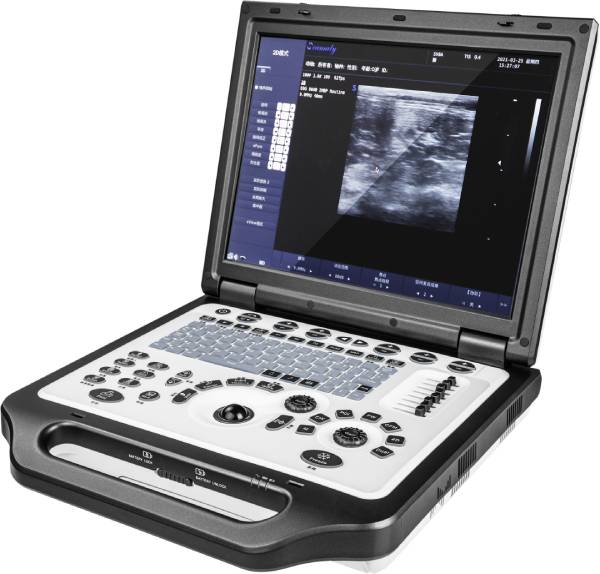release time:2021-07-27 15:36:55
Chemiluminescence reagents have high sensitivity, strong specificity, and good reproducibility, which can be used for highly automated semi-quantitative and quantitative analysis, and the detection time is fast and the reproducibility is good, which is an important development direction of immunoreagents one.

Do you have a better understanding of biochemical analysis and immunoassay?

2022-02-17
X-rays and ultrasound are complementary. A chest x-ray can easily show an enlarged heart. Echocardiography (cardiac ultrasound), on the other hand, examines the different chambers of the heart and provides an accurate quantitative assessment of heart disease.

2021-12-16
'8 Feline Inflammation' is a reagent disk developed and produced by Seamaty for disease diagnosis in cats. The disc is used in conjunction with the Seamaty Vet Chemistry Analyzer SMT-120VP.

2021-12-10
POCT is a specific test for each patient with different diseases. It meets the needs of patients in a timely manner and reduces unnecessary waste. The examiner can communicate with the patient face-to-face and have a better understanding of the clinical situation.